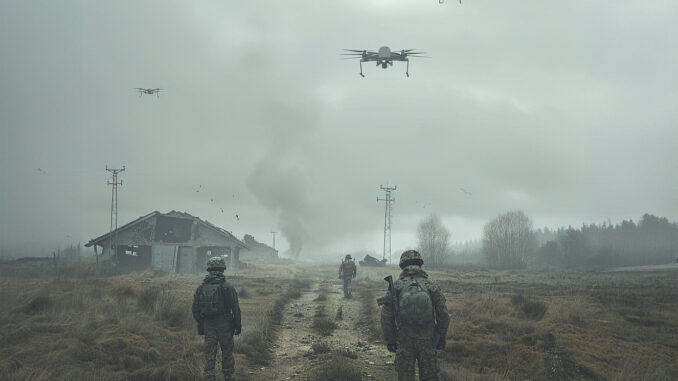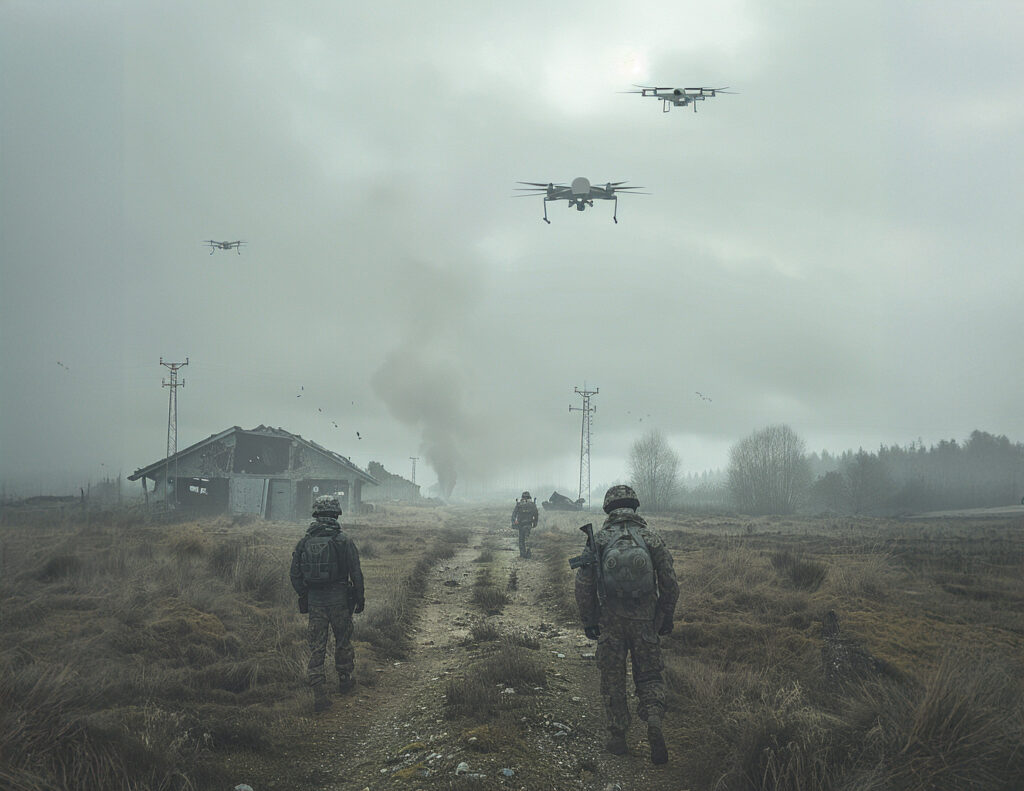
NATO is testing its first anti-drone doctrine in Romania with practical exercises and real GPS interference to strengthen its defence capabilities.
NATO has tested its first anti-drone doctrine in Romania, focusing on defence against Class 1 drone threats. The Ramstein Legacy exercise, held from 3 to 14 June, involved units from several member countries and specialised equipment from various companies. Real GPS interference was detected, highlighting the modern challenges facing NATO. Further training and practical exercises are planned to strengthen the alliance’s anti-drone capabilities.
Ramstein Legacy exercise objectives
After months of delay, NATO adopted its first anti-drone doctrine and tested its principles during Exercise Ramstein Legacy, which took place from 3 to 14 June along the Black Sea coast of Romania. The main aim of the exercise was to develop the alliance’s integrated air and missile defence, with a particular focus on countering threats posed by Class 1 UAVs, which include small, mini and micro UAVs.
Class 1 drones represent a growing threat in today’s military conflicts. Their small size and ability to evade traditional defence systems make them effective tools for reconnaissance and attack. The aim of the exercise was to prepare NATO forces to detect, identify and neutralise these drones, using electronic warfare equipment, radar and command and control systems.
International participation and specialised equipment
The exercise brought together units from several NATO member countries, including Romania, Germany, Portugal, Hungary, France, Turkey and Poland, supported by British and Finnish fighter aircraft. In addition, three companies were invited to present their anti-drone equipment: Echodyne, an American company, CS Group from France and Rohde & Schwarz, a German electronics specialist.
Among the equipment presented were detection and jamming devices capable of detecting the electronic signatures of drones. These systems make it possible not only to locate drones but also to disorientate or neutralise them. For example, Echodyne’s radars use advanced electromagnetic beam technology to track drones in real time, even in cluttered environments.

Practical exercises
The first few days of the exercise were devoted to familiarising participants with the capabilities of the systems in place. Participants were trained in the use of electronic warfare equipment, radars and command and control systems. The following days were devoted to practical exercises, with increasingly complex scenarios. Officers from the Italian C-UAS Centre of Excellence played the role of the enemy, using common civilian drones to simulate threats.
The drone models used included the Parrot Disco, manufactured in the United States, as well as two types of DJI drone, manufactured in China. Exercise participants had to use their detection equipment to spot the electronic signatures of these drones, demonstrating the effectiveness of the systems in real-life conditions.
GPS interference and the challenges of electronic warfare
During the exercise, NCIA experts confirmed the detection of GPS jamming, which affected certain drones. This interference technique involves sending false coordinates to the drones’ navigation systems, disorientating them or causing them to crash. Mario Behn, senior scientist at NCIA, explained that the drone controllers were showing fictitious positions in Crimea, even though the drones were physically present in Romania, illustrating the extent of the interference.
The GPSJam website reported a high level of GPS interference covering the entire Constanta region during the two days of Ramstein Legacy. The techniques and anti-jamming equipment used to mitigate this interference remain classified for security reasons, but it is clear that NATO must continue to develop and refine its electronic warfare capabilities to deal with such threats.
Prospects and further training
In 2019, NCIA established an academy in Oeiras, Portugal, to provide training on NATO’s communications, air command and cyber security systems. With the ubiquity of drones in modern conflict, this academy plans to add a curriculum dedicated to countering UAS, including theory courses and intensive practical training.
However, standardising this training poses challenges, given the diversity of NATO member countries’ drone arsenals. The need to purchase improved UAVs and more sophisticated countermeasures adds a layer of complexity to the process. As Cristian Coman pointed out, procurement processes take years, while threats evolve rapidly, requiring more agile and effective responses.
The adoption and testing of NATO’s first anti-drone doctrine is an important step in preparing the alliance to deal with modern threats. Practical exercises and the detection of GPS interference have highlighted current technological challenges and the importance of continuous training and rapid adaptation to new threats. In the future, the focus must be on improving drone detection, jamming and neutralisation capabilities to ensure an effective defence adapted to modern conflicts.
War Wings Daily is an independant magazine.